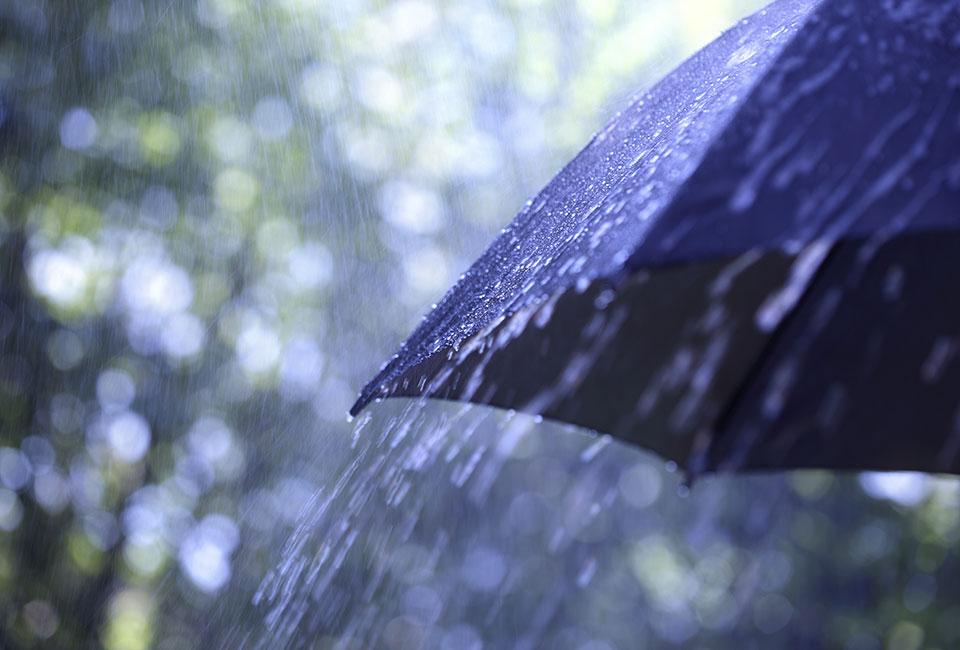PAGASA: Up to 2 cyclones in December amid 'developing' La Niña

State weather bureau PAGASA on Thursday said one to two tropical cyclones may enter the Philippine Area of Responsibility (PAR) in December amid the "developing" La Niña phenomenon.
"Ang forecast po natin, may isa o dalawang bagyo tayong inaasahan ng December. And then in the first quarter, meron pa rin, isa hanggang dalawa or minsan zero to one pa nga 'yung some months," PAGASA deputy administrator for research and development Marcelino Villafuerte told Dobol B TV in an interview.
(Our forecast is that we expect one or two cyclones in December. And then in the first quarter, there are also one to two cyclones, or even zero to one cyclone in some months.)
For November, PAGASA earlier said that only one to two tropical cyclones are expected to enter PAR. However, three tropical cyclones including Marce, Nika, and Ofel already entered the region. On Thursday evening, another tropical storm to be named Pepito is expected to enter PAR.
Villafuerte attributed the higher number of tropical cyclones to the warmer sea surface in western section of the Pacific Ocean and the developing La Niña phenomenon due to the cooler Equatorial Pacific.
"Nagkataon po na meron po kasi tayong warmer sea surface temperature dito po sa western section ng Pacific na kung saan immediately po ito sa ating karagatan sa east Philippine Sea," he said.
(It just so happens that we have warmer sea surface temperature here in the western section of the Pacific, where it is close to our ocean in the east Philippine Sea.)
"Bukod po doon, 'yung La Niña ay developing. Ang kondisyon po kasi kapag ang La Niña ay developing, kumbaga sa central Equatorial Pacific lumalamig 'yung Pacific Ocean. Pero dito naman sa atin, malapit sa atin po, immediately east of the Philippines, nagiging warmer naman po 'yung kondisyon ng karagatan," he added.
(Aside from that, La Niña is developing. La Niña is developing in the central Equatorial Pacific, the Pacific Ocean cools. But here in the east of the Philippines, the ocean is getting warmer.)
This setting is favorable for the development of tropical cyclones, according to Villafuerte.
While there is no La Niña phenomenon yet, Villafuerte noted that similar effects were already happening.
"Developing pa lang po siya pero 'yung kaniyang epekto halos katulad na parang La Niña na 'yung kondisyon. Hindi pa po kasi nare-reach 'yung threshold na -0.5°C na cooler than the average 'yung nandoon sa central Equatorial Pacific," he said.
(La Niña is still developing but the effects we are experiencing are almost like La Niña already. The threshold of -0.5°C cooler than the average in the central Equatorial Pacific has not yet been reached.)
La Niña is characterized by unusually cooler than average sea surface temperatures in the central and eastern equatorial Pacific. It is usually associated with above-normal rainfall conditions.
According to Villafuerte, there is 71% of La Niña in the October-November-December period. — VDV, GMA Integrated News




